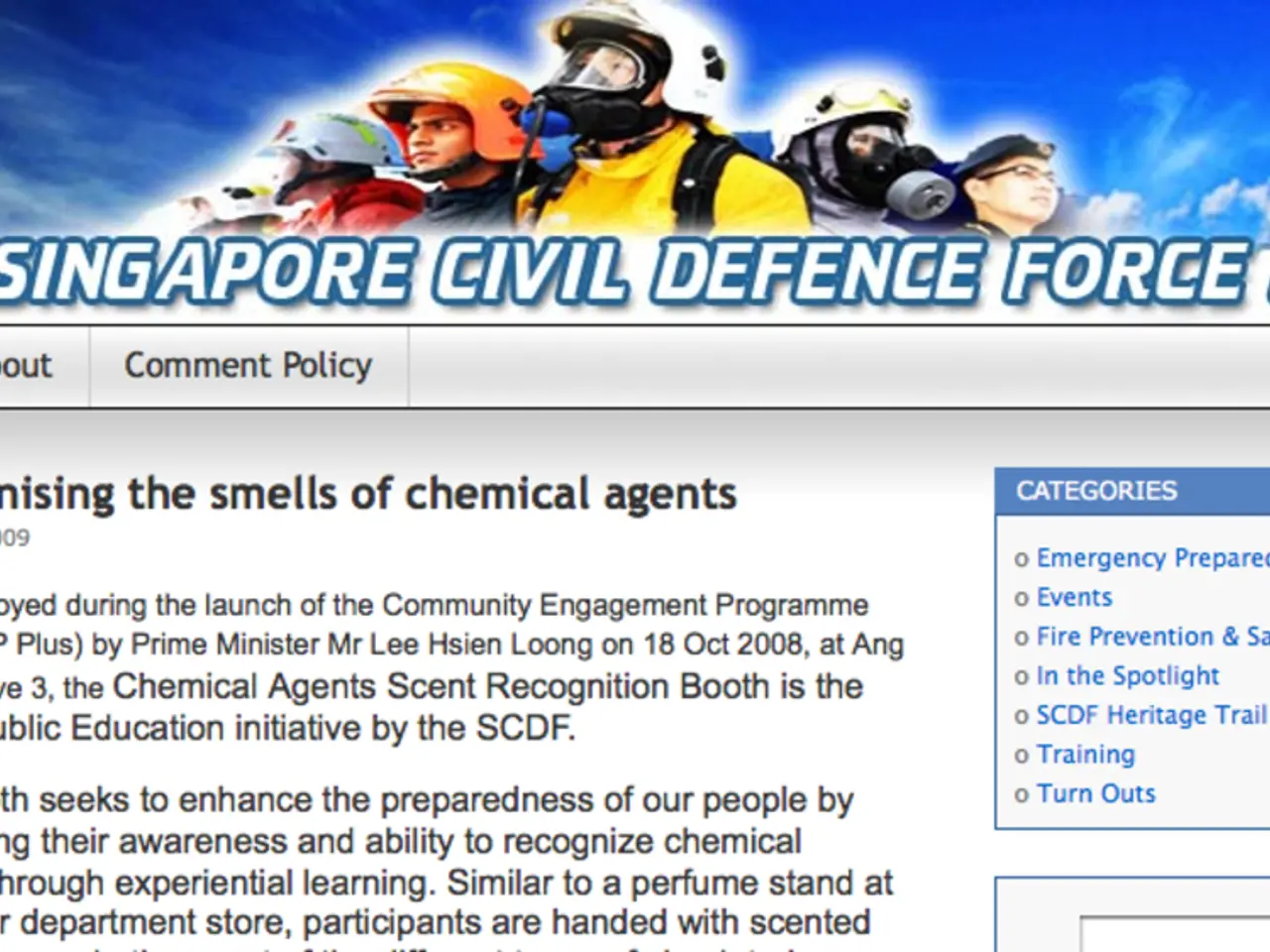Discussion Focus: 2025's Most Notable Language Models: The Top 5 Pioneers Spanning Each Modality
=============================================================
In the rapidly evolving world of artificial intelligence, large language models (LLMs) continue to make significant strides, each excelling in their respective domains. As of the latest publicly available data from Hugging Face and related leaderboards up to August 2025, the top-performing LLMs by modality category are as follows:
Text Models
The OpenAI GPT-5 family currently dominates the Hugging Face open LLM leaderboard for pure text tasks. These models demonstrate superior reasoning, commonsense understanding, and multitasking across domains. GPT-5, along with its mini and oss-120b variants, consistently ranks highest in benchmarks like ARC, HellaSwag, and MMLU.
Code-Focused Models
WizardCoder, a model fine-tuned for code generation and domain-specific instruction tuning related to programming and software engineering tasks, is cited as an advanced model in instruction tuning surveys for the code domain.
Image Models / Vision Models
Qwen-VL and its newer iterations from the Qwen series are among the top visual reasoning models. These models are capable of understanding and reasoning over images and videos, including OCR, captions, and localization. Other models like PaliGemma and Eagle Family also feature prominently, but Qwen-VL stands out for recent advances.
Multimodal Models
LLaVA (13B) is widely recognized in multimodal benchmarks and instruction tuning literature for integrating vision and language understanding. Other strong contenders include InstructBLIP, Otter, and MultiModal-GPT, which are tailored for complex intermodal instruction following and reasoning.
Hugging Face ranks models on a variety of benchmarks including reasoning (ARC), commonsense (HellaSwag), multitask (MMLU), truthful answering (TruthfulQA), and math solving (GSM8K). AutoBench’s large-scale evaluation confirms GPT-5 variants leading overall in language understanding tasks across providers like OpenAI, Google, Anthropic, and Alibaba. The multimodal models are often evaluated with datasets such as MUL-TIINSTRUCT, PMC-VQA, and LAMM, focusing on vision-language instruction tuning.
No single unified leaderboard exists that lists all these modalities in one place; instead, results are gleaned from multiple Hugging Face-related sources reflecting the latest research and leaderboard snapshots as of mid-2025. Other notable models in the field include DALL·E 3 (OpenAI), Midjourney V5 (Midjourney), Pixtral Large (Mistral AI), Gemini 2.5 Pro (Google DeepMind), HiDream-I1 (HiDream.ai), Runway Gen-2 (Runway), Mistral Large 2 (Mistral AI), Stable Diffusion XL (Stability AI), and Llama 4 (Meta). Additionally, Kimi-VL (Moonshot AI) is a vision-language model that understands and generates text with visual context.
- Artificial intelligence continues to push boundaries in data-and-cloud-computing realm, with models like Qwen-VL showcasing advancements in image and visual reasoning tasks, making them integral components of the rapidly evolving technology landscape.
- In the field of multimodal artificial intelligence, LLaVA (13B) stands out for its ability to integrate vision and language understanding, while models like DALL·E 3 (OpenAI) contribute to the development of models that understand and generate text with visual context, displaying the diverse potential of artificial intelligence.




